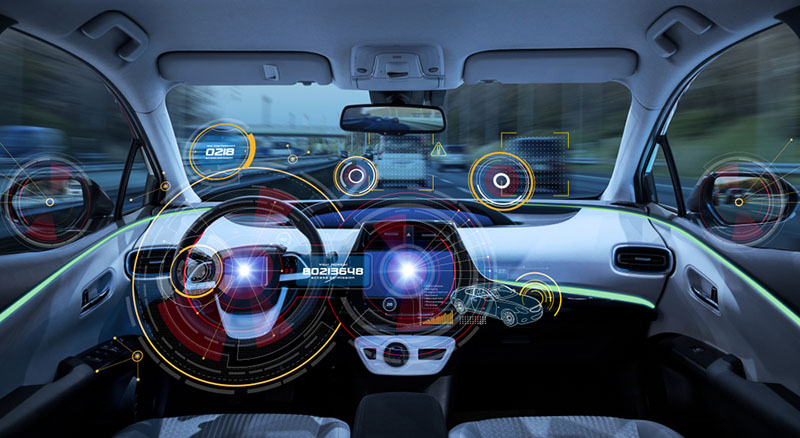
Whether it’s an automated assembly line, a self-driving car, or even something as simple as a thermostat, sensors are playing an increasingly important role in our everyday lives. Sensors help us track and analyze almost anything we can measure, from light intensity to vibrations to the presence of a nearby person.
In industrial environments, sensor data is especially essential for monitoring machinery and processes to ensure that everything is running smoothly and efficiently. With the rise of Industry 4.0, sensor technology has become increasingly critical for monitoring production processes.
Sensor analytics is a branch of data science specifically focused on identifying abnormalities in sensor data and using them to uncover new insights about your business or environment.
Sensor data analytics is the process of analyzing data from sensors and other sources to identify abnormalities and make predictions about future events. Data collected by sensors is analyzed using machine learning and artificial intelligence to predict operational problems or other issues before they arise.
Sensor data analytics is an important part of an organization’s overall analytics strategy. It helps organizations use the massive amount of data collected from sensors, audit trails, and other sources to identify problems, improve operational efficiency, and make strategic business decisions.
As industries continue to digitize and automation continues to increase, sensor data becomes increasingly important. It allows organizations to monitor their operations in real time, identify abnormalities, and take action to correct them before they become major problems.
Sensor data analytics is especially important in industrial environments. There, sensors are used to track and monitor everything from the temperature of machinery to the flow of materials through production lines. Sensor data can be used to identify problems in the sensor itself, in the data it’s sending back, or in the way the data is being used.
It can also be used to track and improve the efficiency of industrial processes by monitoring machine utilization and uptime.
When sensors report abnormal data, it can indicate a problem with the sensor itself, the data being collected, or the way that data is being used. Sensor data analytics can help you distinguish between these potential issues and determine the best course of action. Sensor faults - If the data from a sensor is faulty, it can indicate problems with the sensor itself.
These might include a faulty wiring, a broken part, or a sensor reading that doesn’t make sense given the circumstances. Sensor data analytics can help you identify problems with the sensor and correct them. Data anomalies - Sensor data anomalies can indicate issues with the data being collected.
These include data points that are out of range, tainted data, or data that doesn’t make sense given the circumstances. Sensor data analytics can help you identify problems with the data being collected and correct them.
Sensor data analytics has several important benefits which includes
Industrial monitoring and control systems improve machine uptime and utilization. They also provide real-time alerts for problems.
Industrial monitoring and control systems can be used to monitor and control upstream and downstream processes.
Industrial monitoring and control systems can be used to optimize machine settings, process parameters, and scheduling.
Industrial monitoring and control systems can be used to identify root causes and recommend corrective action.
Industrial monitoring and control systems can be used to optimize energy consumption, resource utilization, and production scheduling.
Sensor data analytics is an important part of any organization’s analytics strategy. It helps organizations use the massive amount of data collected from sensors to identify abnormalities, improve operational efficiency, and make strategic business decisions. Sensor data analytics is an important component of Industry 4.0.
It’s also applicable to other sectors, including the pharmaceutical industry, utilities industry, food and beverage industry, transportation industry, and others. Sensor data analytics can be used to identify and correct issues in sensor data from any source.
It can also be used to track and optimize operational efficiency and make better business decisions.
The Global Sensor Data Analytics Market size is expected to reach $28.5 billion by 2028, rising at a market growth of 14.2% CAGR during the forecast period.